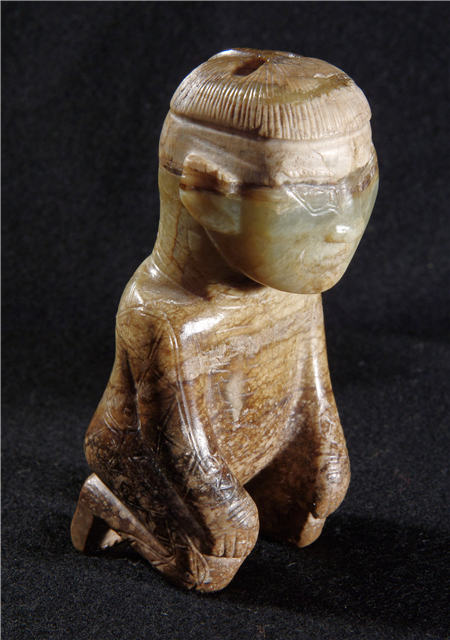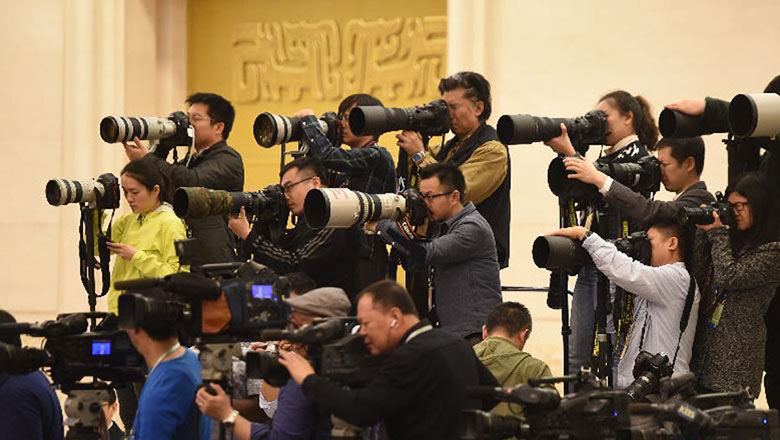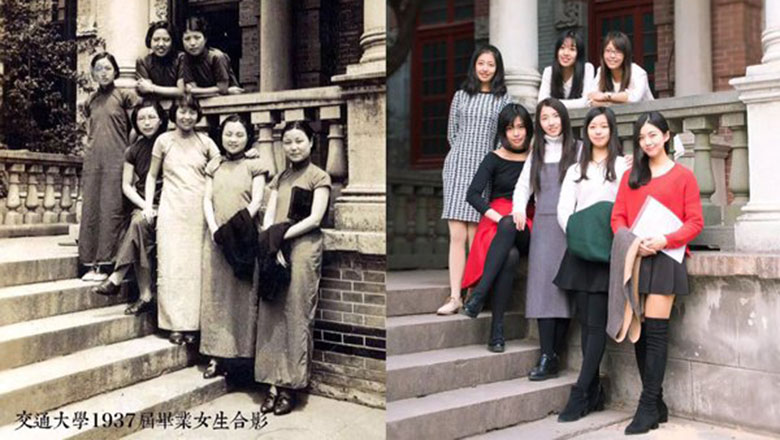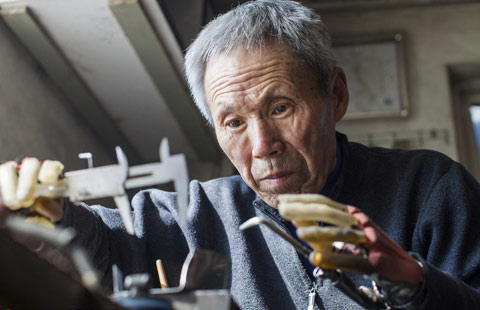Remembering a bronze age queen
Updated: 2016-03-15 08:14
By Wang Kaihao(China Daily)
|
||||||||
 |
|
The ongoing exhibition at the Capital Museum features a replica of Fu Hao's tomb, and virtual-reality glasses allow visitors to see facades of the Shang palaces. [Photo provided to China Daily] |
On International Women's Day, Fu Hao, a female legend from 3,000-odd years ago, was reintroduced to the public in the exhibition hall of Beijing's Capital Museum. The exhibition has 441 cultural relics on display, ranging from bronzeware and jade objects to pottery and oracle bones. Wang Kaihao reports.
She is a warrior. She is a queen.
If the Shang Dynasty (c. 16th-11th century BC) is the zenith of the Bronze Age in China, she is probably its most shining example.
On International Women's Day, which fell on March 8, Fu Hao (Hao is the surname and Fu means a woman in Chinese), a female legend from 3,000-odd years ago was reintroduced to the public in the exhibition hall of Beijing's Capital Museum.
The exhibition, Queen, Mother, General: 40th Anniversary of Excavating the Shang Tomb of Fu Hao, has 441 cultural relics on display, ranging from bronzeware and jade objects to pottery and oracle bones-telling her story in a unique way.
Since the discovery of Fu Hao's tomb in Anyang, Henan province, in 1976, the site has been one of the longest continuously studied sites in China. It is also the only intact Shang rulers' family tomb found, and 1,928 funerary objects have been unearthed in the past few decades. Consequently, the site is generally considered as a milestone in the country's history of archaeology.
Black and red were the colors adored by rulers in the Shang Dynasty, and they set the tone for the museum journey back in time. Cloth curtains and "pearl" drapery give the display a certain feminine charm.
- Putin says Russians to start withdrawing from Syria, as peace talks resume
- Merkel says Sunday's state elections 'make her party think'
- Canberra's Balloon Spectacular festival kicks off
- Germanwings crash caused deliberately by mentally ill copilot: BEA
- Second car bomb in a month kills 34 in Turkish capital, Ankara
- German voters batter Merkel over migrant policy

 Infographics: All you need to know about Premier's press conference
Infographics: All you need to know about Premier's press conference
 Now and then photos of Shanghai Jiaotong University
Now and then photos of Shanghai Jiaotong University
 Post-90s quits his job to make traditional paper umbrellas
Post-90s quits his job to make traditional paper umbrellas
 In pictures: Destroying fake and shoddy products
In pictures: Destroying fake and shoddy products
 Armless farmer builds new hands for himself, others
Armless farmer builds new hands for himself, others
 The world in photos: March 7 - March 13
The world in photos: March 7 - March 13
 China's booming IT industry helps drones fly high
China's booming IT industry helps drones fly high
 This 'mermaid' left broadcasting for a watery world
This 'mermaid' left broadcasting for a watery world
Most Viewed
Editor's Picks

|

|

|

|

|

|
Today's Top News
What ends Jeb Bush's White House hopes
Investigation for Nicolas's campaign
Will US-ASEAN meeting be good for region?
Accentuate the positive in Sino-US relations
Dangerous games on peninsula will have no winner
National Art Museum showing 400 puppets in new exhibition
Finest Chinese porcelains expected to fetch over $28 million
Monkey portraits by Chinese ink painting masters
US Weekly

|

|








